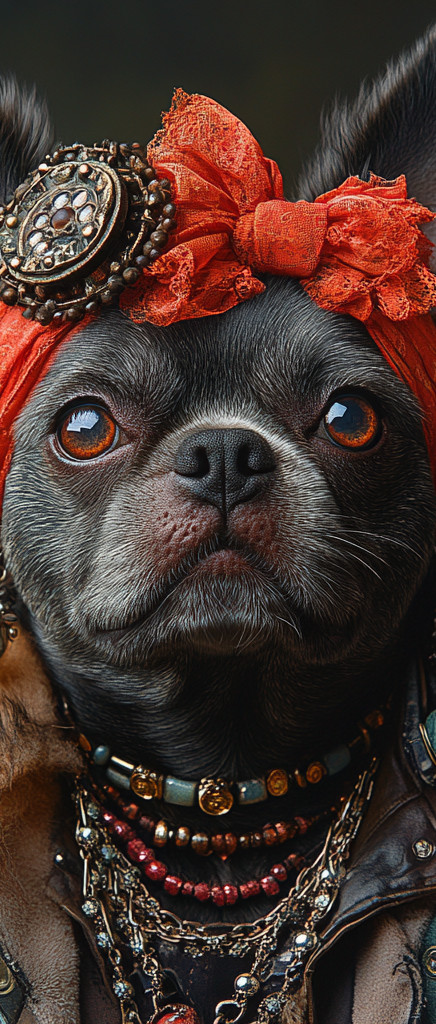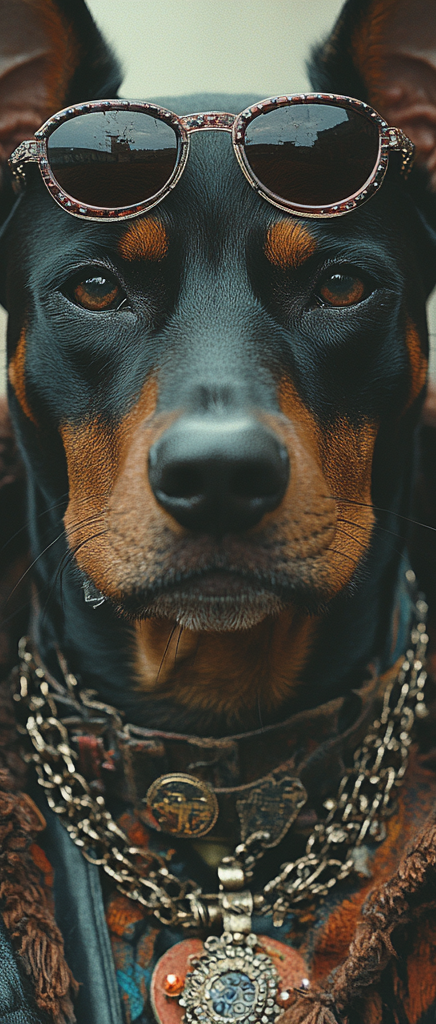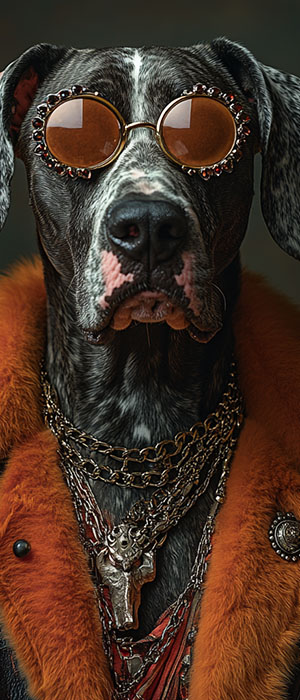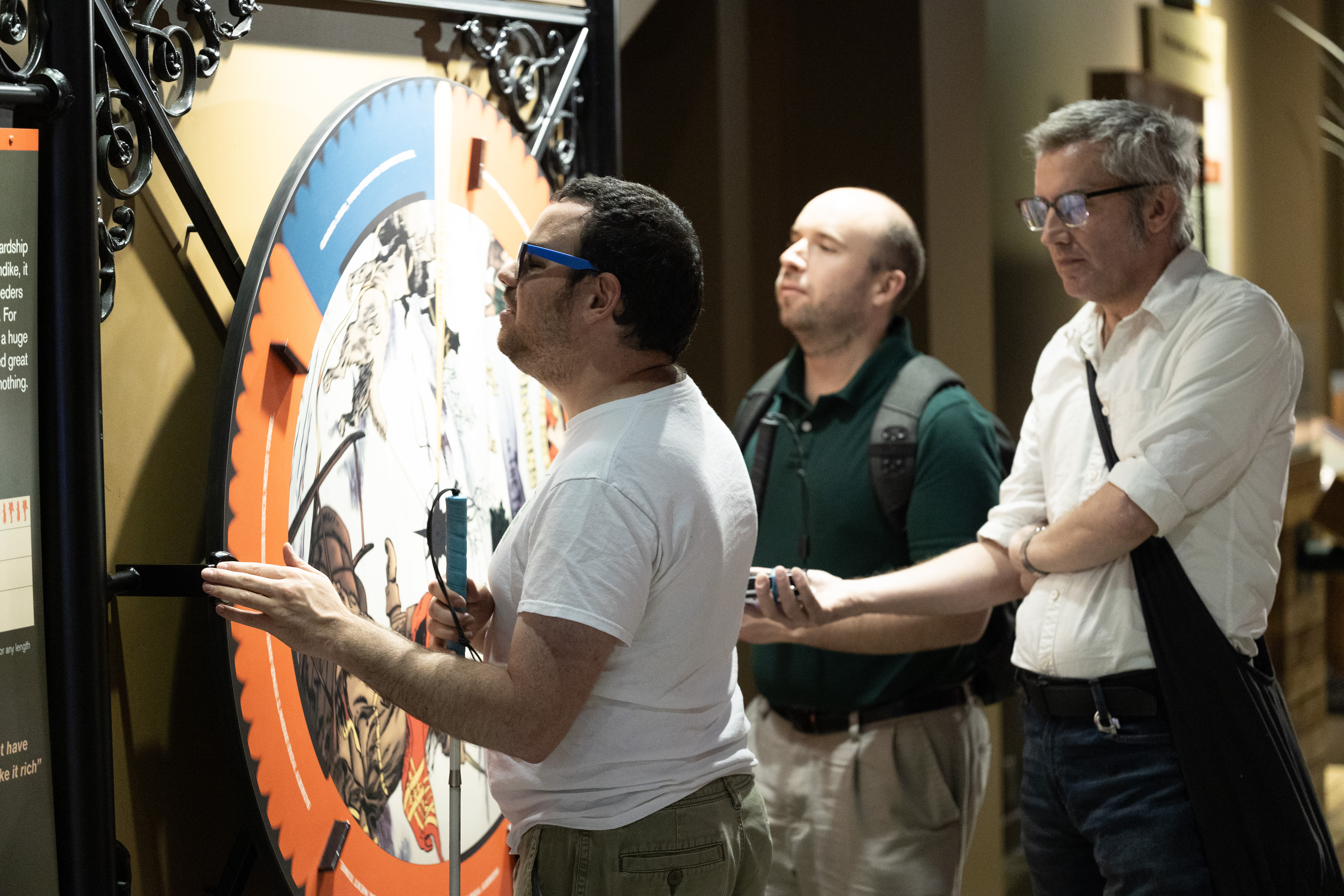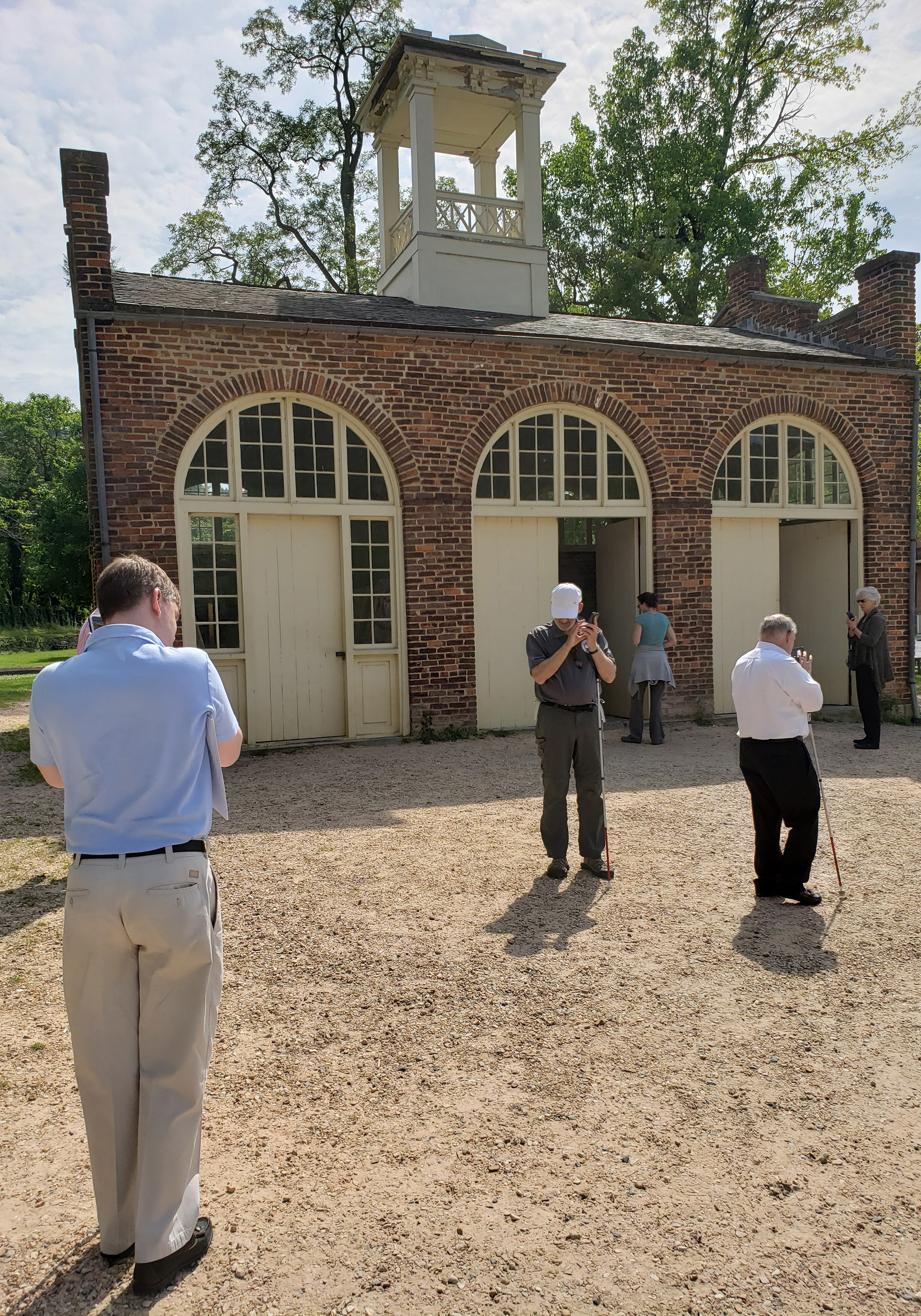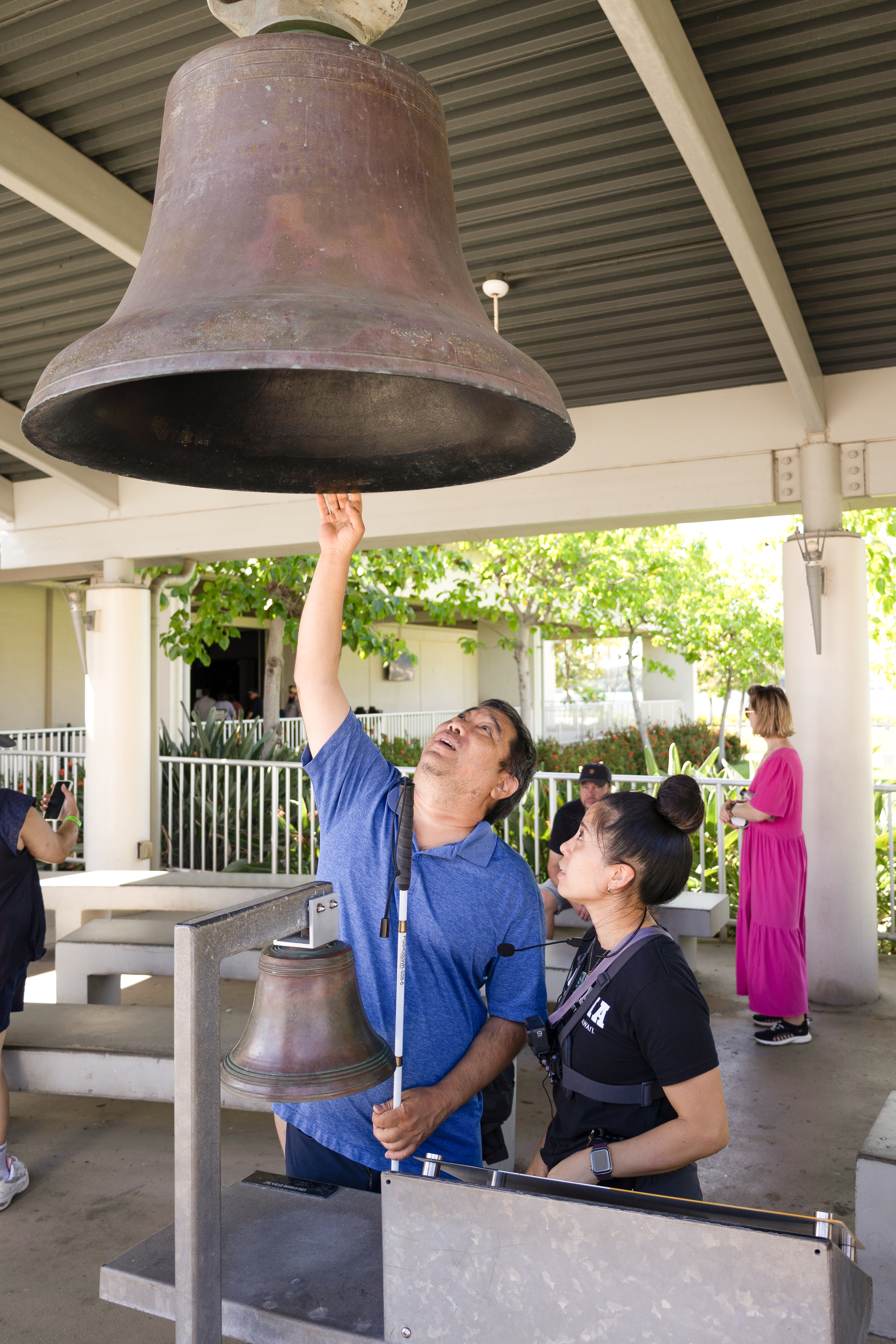Access Hound
- Home
-
Collaborate With Us
Audio Description Training & Workshops
- Invest in Impactful Educational Opportunities We offer half-day intensives, multiple-day workshops, and hackathon-style events. We provide all of the software.
AD Production and Review
- Work Directly with People Who are Blind, Low-Vision Our production and review services ensure your AD passes the test for people who cannot see or cannot see well.
Call in the Experts for Strategic Planning
- Get an Outsider Perspective, with Insider Knowledge We collect empirical data, analyze it, and help to fix access issues from UX/UI problems to Complete Trip breakdowns.
Hire Reviewers for Immediate Feedback
- Our Talented Team Has Deep Lived Experiences Access Hound reviewers provide diverse perspectives, in terms of age, gender, race/ethnicity, and visual-acuity levels.
Web & Mobile Accessibility Remediation
- We Take Care of the Maintenance and Upkeep As web accessibility laws and WCAG standards grow more complex, our experts audit, remediate, and future-proof.
-
Become a Pack Leader
Raise Awareness About AD
- Answers to Frequently Asked Questions In collaboration with the American Council of the Blind, we have created an easily shareable 1-page overview about AD.
Get Quickly Upskilled in Fundamentals
- In Just Three Hours, We Can Cover the Basics This lively and hands-on session includes foundations, best practices, and writing and online tool practice.
Team Build, Through an AD Adventure
- Develop, Complete, and Publish an AD Project Pick a project, like a brochure, that you want audio described, and we'll work on it with you from start to finish.
Lived AD Experience? Join Our Pack
- Seeking More Thoughtful, Engaged Reviewers Access Hound works on projects in every U.S. state, and around the world, and we pay reviewers with lived experience.
-
Use the Guidedogs
Innovative Audio Description Software
- Open-Access With A Freemium Option Available We created the world’s first software suite dedicated to static Audio Description, along with the first GenAI toolkit designed to support AD writers.
Describe NOW With The Guidedogs
- Need Image Descriptions Fast? Call The 'Dogs! The 'Dogs give AD writers immediate coaching, support, and guidance as powered by a tailor-made GenAI algorithm.
Audio Description Production Options
- Use Access Hound Software, Plugins, APIs Our custom-built Plugins and APIs allow you to send images, at scale, and receive immediate feedback from the 'Dogs.
-
Learn More About Our Team
Our Approach and Commitments to You
We are people who you can trust to help make your place more accessible and inclusive. Here are ways we earn your trust.In the News (Hot Off the Presses!)
Our thought-leadership columns, written about accessibility, inclusive design, and barriers people face.Who is the Access Hound team?
Our core leadership team has collaborated for more than 20 years, providing diverse, grounded, and high-level expertise.Dr. Brett Oppegaard, Founder
Brett, who holds a Ph.D., has decades of accessibility and media-production experience, including as a writer.Joe Oppegaard, Founder / CTO
Joe, with decades of CTO experience, is a seasoned project manager, interface designer, and programmer.Stewart McCullough, Founder / CEO
Stewart, with decades of CEO experience, brings the big-picture vision, ethical commitment, and logistical skills.Our GenAI-Amazing Guidedogs
The Access Hound Guidedogs are AI-powered writing coaches designed to help you to create stronger Audio Description.
Contact Us
